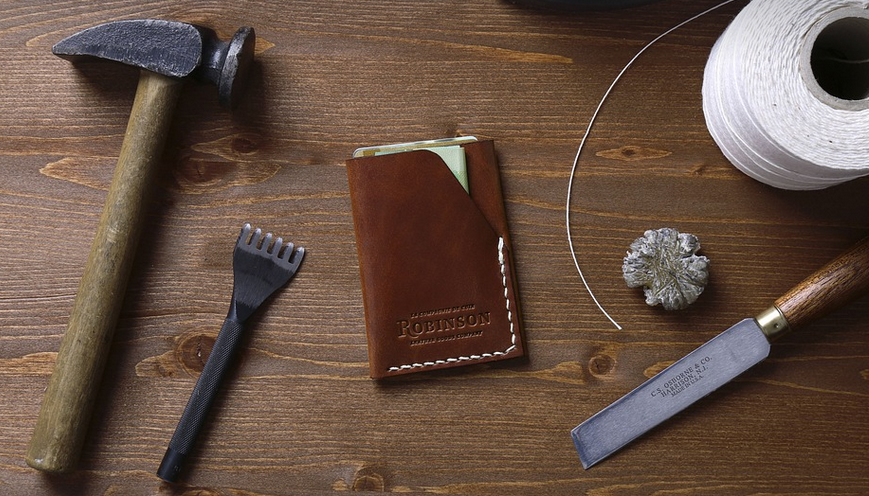
The Importance of Sealing: Protecting Your Home From Moisture Damage
When it comes to maintaining our homes, one task that often gets overlooked but is crucial is sealing. Our homes are susceptible to moisture infiltration through gaps and cracks, particularly around doors, windows, baseboards, and exterior walls. These tiny openings can lead to mold growth, wood rot, and even structural damage over time. Think of backer rod as a superhero for your caulking! It’s like adding an extra layer of protection to ensure your sealant creates the strongest possible barrier against moisture, preventing any sneaky leaks from ruining your home’s integrity. **
Backer Rod: The Unsung Hero of Caulking
Backer rod, also known as caulk backer or expansion joint filler, is a vital component in caulking projects. This ingenious tool is essentially a thin, flexible tube that creates the perfect space for your chosen sealant to fill. Imagine caulking as painting a room with a brush but needing a strong canvas to make sure the paint spreads evenly and covers every corner perfectly! Backer rod acts like this canvas, allowing for precise application of caulk while ensuring it fills gaps without oozing out unevenly or leaving the edges compromised. **
Unveiling the Secrets: How Backer Rod Works Its Magic
How does backer rod work its magic? It’s all about the science of controlled expansion! When you apply sealant to a gap, backer rod acts like a tiny scaffold inside the space. Your caulk will then fill the void naturally, thanks to the backer rod’s ability to expand and compress as it dries. This means your caulk will not only create an airtight seal, but also ensure proper coverage of any gaps, ensuring maximum effectiveness for sealing against moisture. **
Choosing the Right Backer Rod: A Guide to Material Selection
To choose the right backer rod, you need to consider two main factors: * **Material:** The most common materials used are foam and rubber. * **Foam backer rods** offer excellent cushioning and compressibility, making them a great choice for filling gaps and preventing leakage in areas with heavy movement like doors. * **Rubber backer rods**, on the other hand, provide a firm seal against moisture ingress, especially useful in basements or areas prone to high humidity.
It’s important to note that the size of the backer rod you choose will also depend on the size of your gaps. **
Step-by-Step Guide: Mastering Backer Rod Application
Here are some helpful tips for using backer rod for caulking: * **Preparation:** Measure the gap carefully and cut the backer rod to the desired length. * **Placement:** Place the backer rod inside the gap before applying caulk. Don’t worry about pushing it in – just find the right size for your gap! * **Caulking Application:** Apply a generous line of caulk to the edges of the gap, ensuring you fill the entire area. Don’t be afraid to use more caulk if needed. **
Finishing Touches: Ensuring a Seamless Seal
Once the caulk is applied, allow it to dry according to the manufacturer’s instructions. You might need to apply some pressure to ensure even drying and prevent air bubbles from forming in the caulk. **
Post-Caulking Care: Maintaining Your Home’s Integrity
A properly sealed home is not just a dream – it’s a reality! With proper backer rod usage, you can protect your home from moisture damage. Regularly maintain your caulked areas by checking for cracks or gaps. If you notice any, use a small caulk gun to re-apply the sealant and ensure your home stays protected against unwanted leaks.
**
Conclusion: Mastering the Art of Caulking
Using backer rod is an art form. A little bit of knowledge goes a long way in creating a durable and seamless seal that can protect your home for years to come. So, roll up your sleeves and get started! You’ll be amazed by the difference it makes in keeping your home safe from moisture damage.